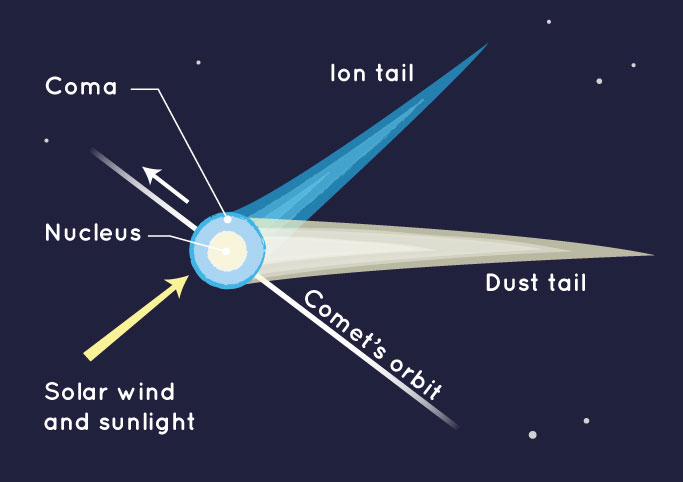Tomas Slovinsky on Instagram: "Comet Lemmon over the High Tatras ☄️
A truly unique capture of comet C/2025 A6 Lemmon, which has been drawing the attention of skywatchers and astrophotographers around the world in recent weeks. This dreamy scene was photographed from the village of Mlynica in Slovakia, where the comet appeared perfectly aligned with the dramatic peaks of the High Tatras.
From left to right, you can see the majestic Slavkovský Peak, the sharp Prostredný hrot in the center, and the iconic Lomnický Peak on the right, home to the legendary observatory where many comets were once discovered.
The comet itself, with its spectacular tail stretching across the night sky, is a true celestial gem. This image is the result of a wonderful collaboration with my talented friend and astrophotographer @constantinethemelis whose expertise in processing helped bring this shot to life.
The final composition is a stack of 50 exposures captured with a Sony A7III (astro-modified) and a Samyang 85mm lens (30 s, f/1.4,ISO3200)
Date: 20th of October 2025
#cometlemmon #hightatras #slovakia"
1,323 likes, 52 comments - slovinsky.art on October 21, 2025: "Comet Lemmon over the High Tatras ☄️
A truly unique capture of comet C/2025 A6 Lemmon, which has been drawing the attention of skywatchers and astrophotographers around the world in recent weeks. This dreamy scene was photographed from the village of Mlynica in Slovakia, where the comet appeared perfectly aligned with the dramatic peaks of the High Tatras.
From left to right, you can see the majestic Slavkovský Peak, the sharp Prostredný hrot in the center, and the iconic Lomnický Peak on the right, home to the legendary observatory where many comets were once discovered.
The comet itself, with its spectacular tail stretching across the night sky, is a true celestial gem. This image is the result of a wonderful collaboration with my talented friend and astrophotographer @constantinethemelis whose expertise in processing helped bring this shot to life.
The final composition is a stack of 50 exposures captured with a Sony A7III (astro-modified) and a Samyang 85mm lens (30 s, f/1.4,ISO3200)
Date: 20th of October 2025
#cometlemmon #hightatras #slovakia".


